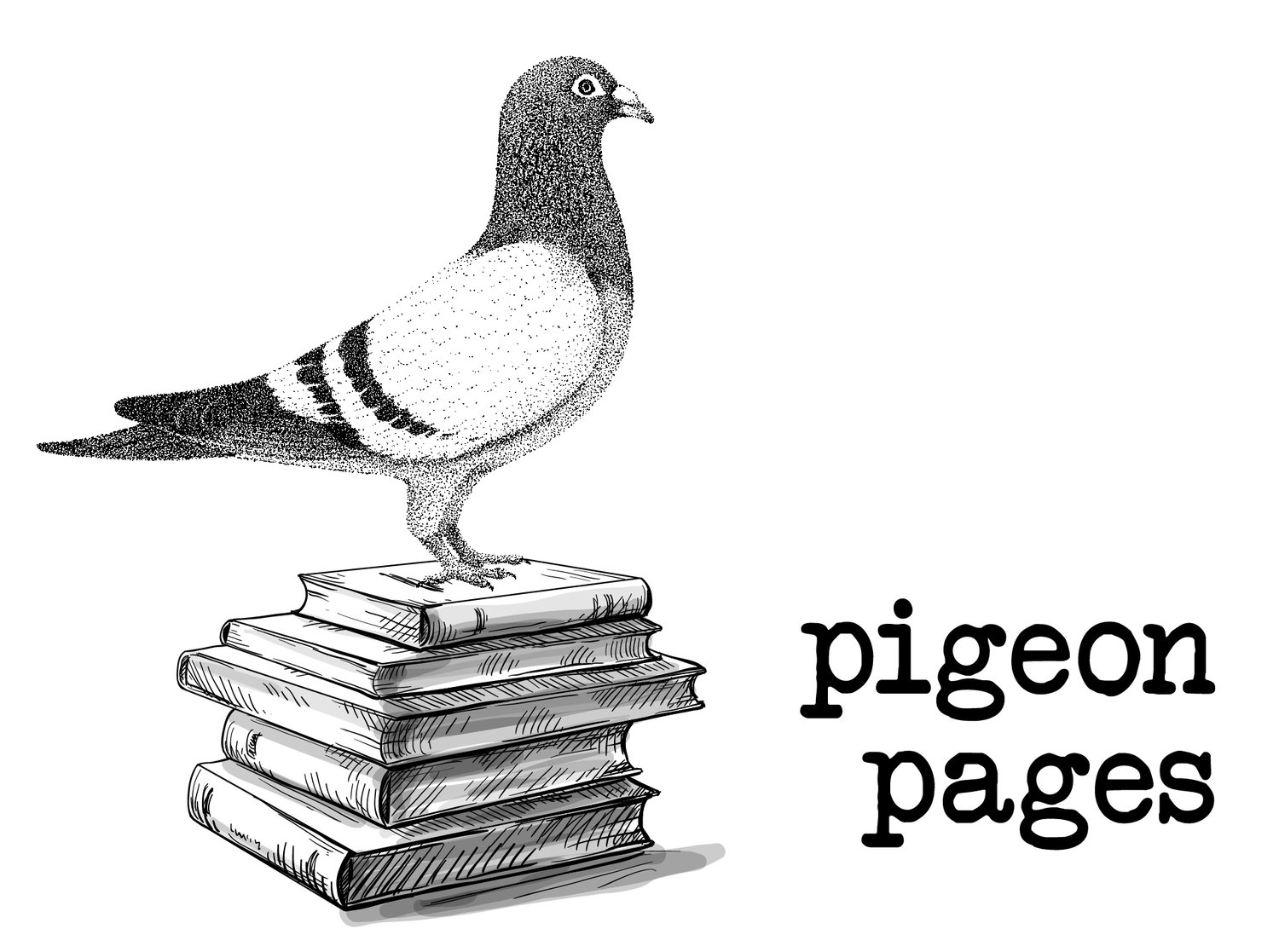Josephine Joy, Waterbirds Nesting, ca. 1935-1939, oil on canvas, Smithsonian American Art Museum, Transfer from General Services Administration, 1971.447.42
Stone
by Aria Aber
During the long drought,
the land frizzled, then went ablaze like hair.
For weeks, I swept the wings of weak and dying bees.
Like my parents, and their parents,
having abandoned ship, the honeybees were confounded
by electric frequencies—and I?
I was suffering the outrage of my fate.
So, that was my womanhood, then,
that great dormancy. Predictable,
how I was instructed by my hunger—
the woods austere behind their camouflage,
the moon a lone guerilla.
The body combats what it wants.
I refused to eat; my womb
ascetic, balding as a priest.
Docile, I submitted to my flesh,
never asked it questions—what did it mean
to be an Afghan and a woman?
I can’t recall how my new life began, that first September,
when the diagnosis chafed my knees.
Was I in grief or prayer?
Just the scent of uterus (wet dog
and sandalwood) and the bee-funeral burning
on my compost heap remain.
What melodrama I was,
among bee husk, melon rind, and rotten fries.
But now, arid as a stone, I can admit
that I wanted children
only so I could name them, and thus
sentence them to an ancestry I lacked.
Noa—princess of the animals. Meaning motion
and longevity. A train, a wooden ship,
a white curtain hissing in the wind.
And my son, Elias.
The faithful arrow shooting
toward God. He’d be both a Muslim and a Jew.
By a damson tree, we’d wet our lips,
devour fruit: some worms, of course,
but all the plums already blue.
Published August 4th, 2019
Aria Aber is a writer currently based in Madison. Her poems are forthcoming or have appeared in The New Yorker, Poetry Magazine, Kenyon Review, The Poetry Review and others. Her first book "Hard Damage" won the Prairie Schooner Book Prize in Poetry and will be published with University of Nebraska Press in 2019.
Josephine Hiett Joy was born near Harpers Ferry, West Virginia, in 1869 and soon thereafter her family moved to Peoria, Illinois. After an early marriage that ended in divorce, she went to Chicago and subsequently married Frank Joy. She became interested in painting after they moved to San Diego. A prolific worker, she became a WPA artist in the late 1930s, which led to her first solo exhibition at the Galerie St. Etienne in New York City in 1943. Joy died in Peoria in 1948.

